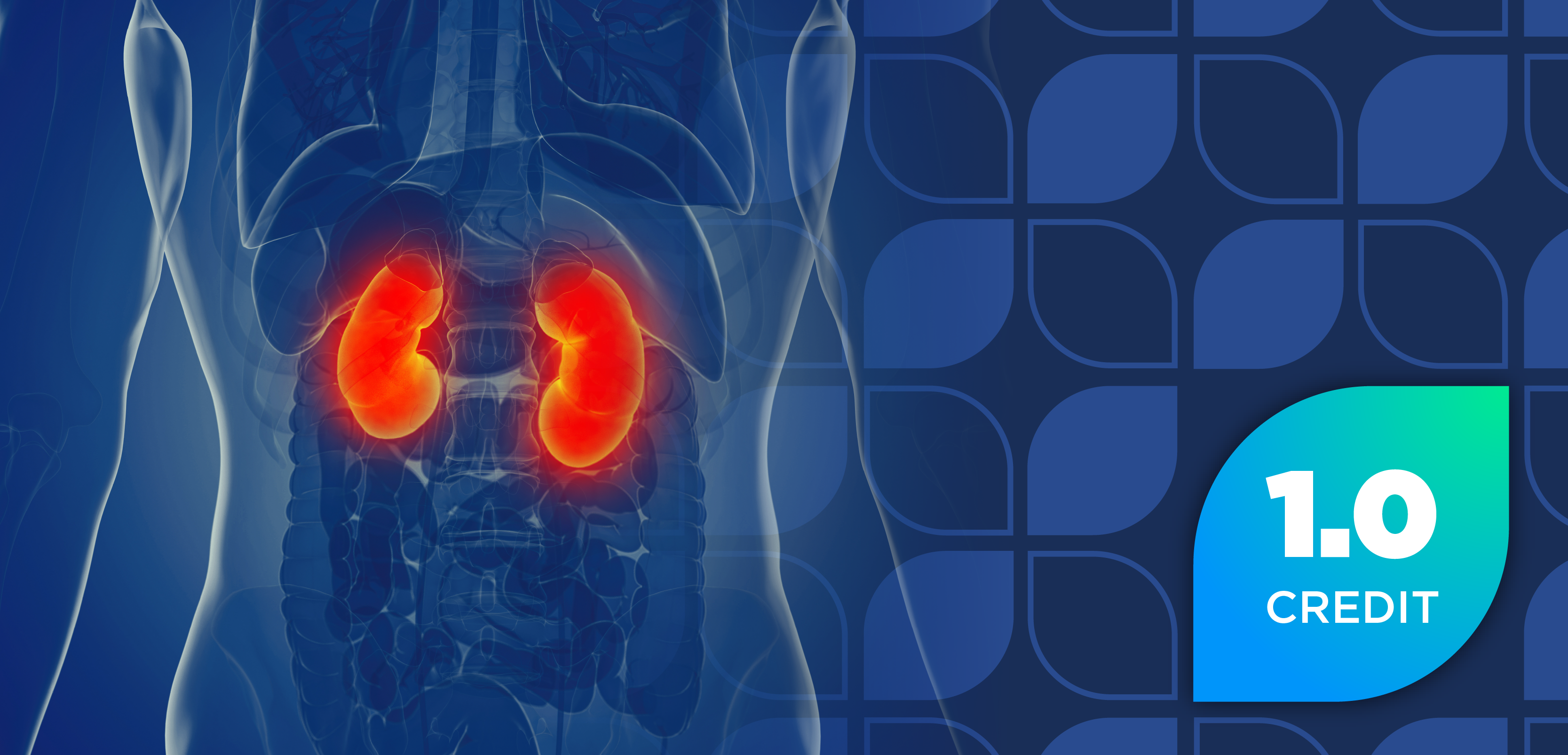
LDL-C–Lowering Inclisiran May Carry Lower Risk of Diabetes Than Atorvastatin
Key Takeaways
- Inclisiran, a siRNA treatment, effectively lowers LDL-C and may reduce cardiovascular risk without increasing NOD risk compared to atorvastatin.
- Meta-analysis and FAERS data show no significant association between inclisiran and NOD, unlike atorvastatin, which has a strong positive association.
Inclisiran was found to have a lower risk of new-onset diabetes compared with other low-density lipoprotein cholesterol (LDL-C)-lowering therapies.
Inclisiran (Leqvio; Novartis), a small interfering ribonucleic acid (siRNA) treatment approved to reduce low-density lipoprotein cholesterol (LDL-C) in patients with heart disease risk and in those with hypercholesterolemia, may carry a lower risk of new-onset diabetes (NOD) compared with atorvastatin (Lipitor; Pfizer), according to a review and meta-analysis published by investigators in Frontiers in Pharmacology.1-3
Inclisiran’s Cholesterol-Lowering Impacts and Questions Surrounding Diabetes Risk
A novel cholesterol-lowering agent, inclisiran is used as an adjunct subcutaneous injection, along with statin use and a healthy diet, to lower cholesterol and reduce cardiovascular risk. The efficacy of inclisiran has been established in a series of clinical trials featuring varying patient populations, including those at moderate risk of developing atherosclerotic cardiovascular disease (ASCVD). With ideal stability, a favorable administration regimen, and positive tolerability, inclisiran is poised to change the landscape of cholesterol management.1,4,5
Standard of care for cholesterol lowering involves statin use, including atorvastatin, a 3-hydroxymethylglutaryl-coenzyme A reductase, which has been proven effective and approved for the treatment of dyslipidemia. Despite their effectiveness, complications of statin use include effects on glycemic control and an increased risk of NOD by up to 46%. It is critical to better elucidate this risk for inclisiran, especially given that diabetes is an established risk factor for ASCVD and that inclisiran is a newer agent with a lack of comprehensive research on the subject.1,6
Critically, inclisiran has to this point not been associated with an increased risk of adverse effects (AEs) related to liver or muscle function. The positive safety in this regard makes inclisiran a promising option for patients struggling to lower their LDL-C with statins. However, it is critical that possible impacts to glycemic control and diabetes risk with inclisiran be further investigated. Using data from the FDA Adverse Event Reporting System (FAERS) and a combined meta-analysis of randomized controlled trials (RCTs), the authors sought to analyze data on the glycemic control of inclisiran, atorvastatin, and evolocumab (Repatha; Amgen), a proprotein convertase subtilisin/kexin type 9 (PCSK9) inhibitor.1
Data Show Inclisiran Does Not Heighten Risk of New-Onset Diabetes
First, the authors conducted a pharmacovigilance analysis of the FAERS database to determine associations between the lipid-lowering therapies and AEs. Regarding type 2 diabetes AEs, inclisiran demonstrated no statistically significant association, contrasting with atorvastatin, which indicated a very strong positive association. There was a weaker association between inclisiran and impaired glucose tolerance compared with atorvastatin.1
Moving to the meta-analysis, the investigators included 16 articles—featuring 6 cohort studies, 10 RCTs, and 297,863 total patients—following an extensive literature search. The authors found that the incidence of NOD in the atorvastatin groups across the included studies (4.80%) was higher than that in the placebo group (4.74%), with statistical significance (OR, 1.54; 95% CI, 1.44-1.66; P < .05). There were no statistically significant differences in NOD incidence between the inclisiran or evolocumab groups with placebo, according to the investigators.1
A reticular meta-analysis was also performed to more comprehensively evaluate the data. According to this analysis, there was a higher incidence of NOD in the atorvastatin group than in the inclisiran group (OR, 1.42; 95% CI, 1.09-1.84), placebo group (OR, 1.46; 95% CI, 1.29-1.66), and evolocumab groups (OR, 1.60; 95% CI, 1.23-2.08). Importantly, the differences between the inclisiran, evolocumab, and placebo groups were insignificant, demonstrating that inclisiran and evolocumab may not increase the incidence of NOD.1
Study Limitations and Implications for Health Professionals
Overall, these analyses indicate a likely lower risk of NOD with inclisiran compared with atorvastatin. Some limitations of the trial were discussed by the authors, which could lower the validity of the results. Most prominently among them is the fact that FAERS has unstandardized data quality that may feature reporting bias and substantial pieces of missing data. These aspects of FAERS are due to its presence as a global, spontaneous reporting system through nonmedical professionals, which expands reporting coverage but not necessarily data quality.1
Despite these limitations, pharmacists should feel confident that patient use of inclisiran to lower LDL-C will not result in alterations to glycemic control or a heightened incidence of NOD. When used in combination with standard-of-care statins and a healthy diet, inclisiran has been shown to significantly reduce LDL-C levels and improve cardiovascular risk. Although the risk of NOD appears low, pharmacists and treatment providers should be sure to monitor a patient’s glycemic parameters for any changes with inclisiran treatment.1
“Through a systematic evaluation of integrated pharmacovigilance and RCTs, our results showed that inclisiran may carry a lower risk of NOD than atorvastatin,” the study authors concluded. “However, inclisiran is a newly approved drug that has been available for a short duration in recent years, and larger long-term follow-up studies are needed to confirm these findings.”1
REFERENCES
1. Li F, Ye H, Chen L, Ma Y, Chen S. Systemic evaluation of inclisiran on the risk of new-onset diabetes and hyperglycemia compared to evolocumab and atorvastatin. Front Pharmacol. 2025;16. doi:10.3389/fphar.2025.1554631
2. PT Staff. FDA expands label for inclisiran to include adults with high LDL-C, increased risk of heart disease. Pharmacy Times. Published July 11, 2023. Accessed August 6, 2025. https://www.pharmacytimes.com/view/fda-expands-label-for-inclisiran-to-include-adults-with-high-ldl-c-increased-risk-of-heart-disease
3. Ferruggia K. Inclisiran receives FDA approval for new indication to treat hypercholesterolemia. Pharmacy Times. Published August 1, 2025. Accessed August 6, 2025. https://www.pharmacytimes.com/view/inclisiran-receives-fda-approval-for-new-indication-to-treat-hypercholesterolemia
4. Halpern L. Twice yearly inclisiran demonstrates meaningful LDL-C lowering in patients with ASCVD risk. Pharmacy Times. Published August 30, 2024. Accessed August 6, 2025. https://www.pharmacytimes.com/view/twice-yearly-inclisiran-demonstrates-meaningful-ldl-c-lowering-in-patients-with-ascvd-risk
5. Merćep I, Friščić N, Strikić D, Željko R. Advantages and Disadvantages of Inclisiran: A Small Interfering Ribonucleic Acid Molecule Targeting PCSK9-A Narrative Review. Cardiovasc Ther. 2022:8129513. doi:10.1155/2022/8129513
6. Laakso M, Silva LF. Statins and risk of type 2 diabetes: mechanism and clinical implications. Front Endocrinol (Lausanne). 2023;14:1239335. doi:10.3389/fendo.2023.1239335
7. Van Dam M, Zwart M, de Beer F, et al. Long term efficacy and safety of atorvastatin in the treatment of severe type III and combined dyslipidaemia. Heart. 2002;88(3):234-238. doi:10.1136/heart.88.3.234
Newsletter
Stay informed on drug updates, treatment guidelines, and pharmacy practice trends—subscribe to Pharmacy Times for weekly clinical insights.















































































































































































































